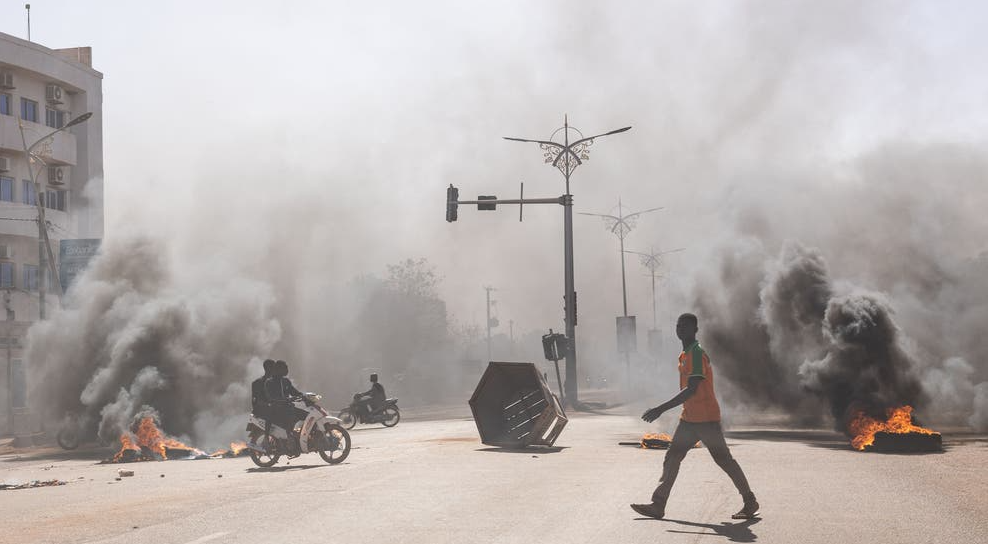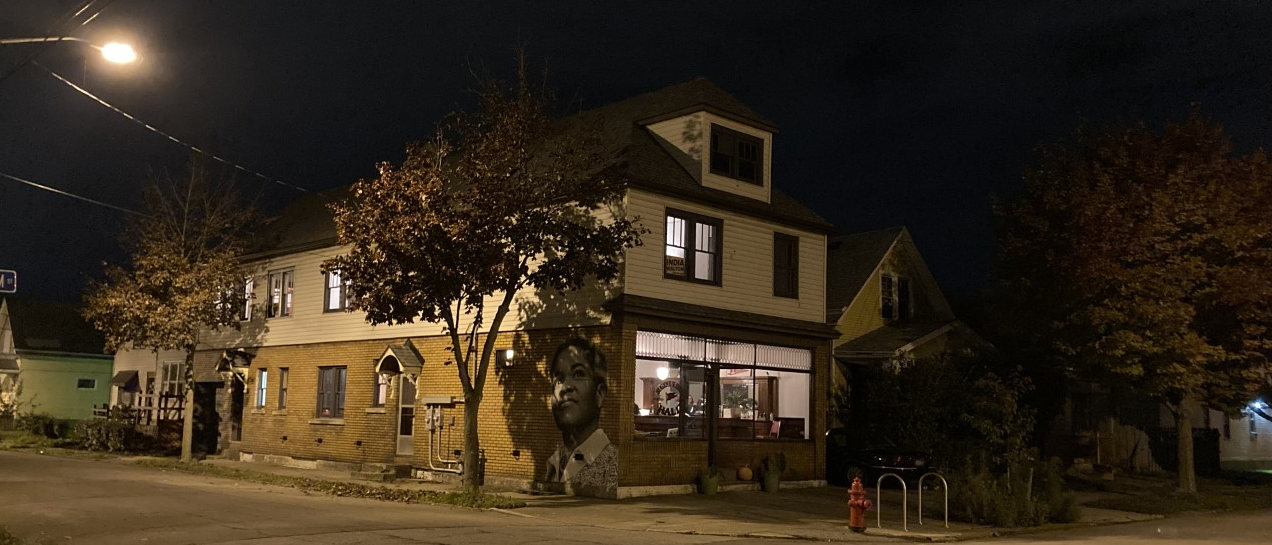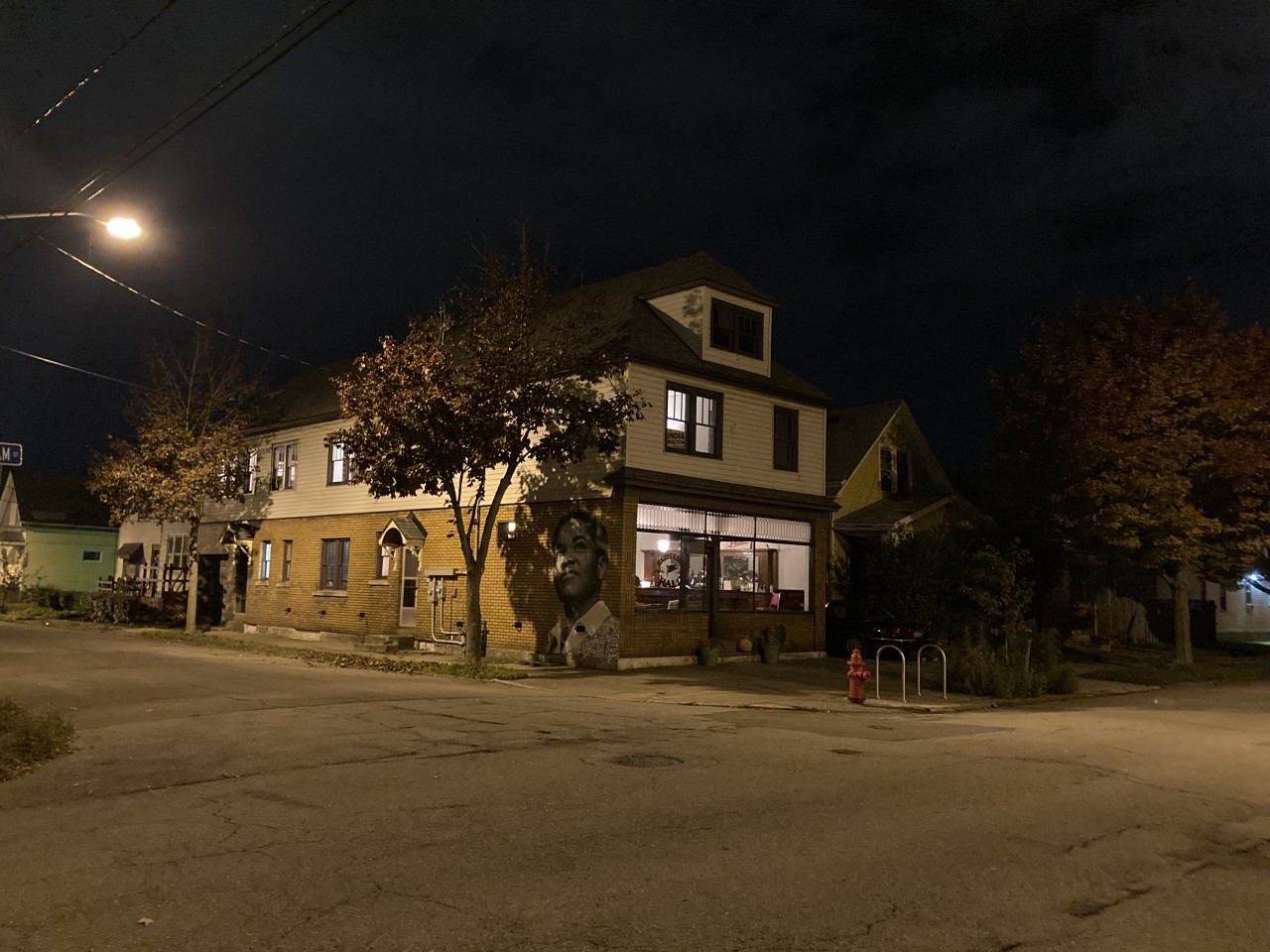For many years the work of the American writer Elizabeth Hardwick remained partly occluded by public histories: that of the New York Review of Books, which she co-founded along with Robert Silvers and Barbara Epstein in 1963, as well as her relationship with the poet Robert Lowell. A reassessment however has been underway, aided by the publication of her Collected Essays in 2017 – the Uncollected Essays are due later this year – and now Cathy Curtis’s biography A Splendid Intelligence: The Life of Elizabeth Hardwick. In Anglophone literary circles, Hardwick is in the ascendence, and increasingly heralded as one of the last century’s finest stylists. This is with good reason: show the uninitiated a Hardwick essay, and within a few lines they will readily declare her to have written one of the finest sentences they have read (who else would describe Edward VIII as ‘that being of perfect, blowsy immanence’ or look at a South American journalist’s ‘careful, neat dress’ and see ‘the melancholy mending done at home by mothers and sisters’). The implication though is often that her work amounts to a style detached from the subjects she wrote about.
Hardwick’s brackish, adamantine prose however was a product of the labour required to puncture the liberal platitudes which she saw filling America’s literary pages with anesthetising frequency. ‘Sweet, bland commendations fall everywhere upon the scene’, Hardwick observed in her 1959 indictment ‘The Decline of Book Reviewing’, ‘a universal, if somewhat lobotomized, accommodation reigns’. She cut an enviable if understated figure, combining an aesthetic and moral integrity that earned the respect of her contemporaries Mary McCarthy, who became a friend, and Joan Didion, who offered praise none too lightly. But unlike McCarthy, whose tendency towards polemical stridency rarely escaped the liberal fictions she satirised, and Didion, whose conservative politics hampered her ability to discern anything other than moral anomie (at least until her fierce dislike of Reagan initiated a late political awakening), Hardwick never lost sight of the material violence of post-war America. ‘Failure is not funny’, she insisted in her signature 1963 essay on the journalist’s life, ‘Grub Street: New York’. ‘It is cockroaches on the service elevator, old men in carpet slippers waiting anxiously by the mail slots in the lobby, neighbourhood walks where the shops, graphs of consumption, show only a clutter of broken vases, strings of cracked beads, dirty feathers.’
Born in Lexington, Kentucky in 1916, Hardwick was in many ways an unlikely candidate to become a defining voice of New York letters. Southern origins – even more than the constraints of gender – provoked initial doubts about her ‘mental qualifications’, as she later quipped; later it only added to her mystique (Darryl Pinckney recalls ‘the captivating cadence of her speech’ in an encomium for the NYRB). Her family lived at the run-down North End of the city which, even before the depression, was populated by the uprooted and the rootless. Her father was often looking for work; her mother’s axiom was never to get into debt. In ‘Lexington, Kentucky’, published in 1969, Hardwick evokes the inevitable gravity of lost southern grandeur, a landscape of ‘old pipes, broken clothesline, Coke bottles and the debris of hope’. It was this early education in poverty and hopelessness that made her impatient with the world of east coast intellectuals – as much as she found a home among them – who, as she wrote in an acerbic 1959 essay about Boston, pursued history ‘with its long, leisurely, gentlemanly labours’. Instead, as she writes in her flawless third and final novel, Sleepless Nights (1979), she was interested in lives where ‘history assaults you’.
The granddaughter of an ardent confederate, Hardwick knew how the South was produced in the imagination, and how being on the right side of history was a fiction that one might cling to at great expense, especially as a journalist. The essayist is not absent in her writing, nor a character as in New Journalism – but rather historically implicated. Few among her intellectual milieu wrote on racial tensions with such clarity. Uniquely, she discerned in the 1965 Watts riots a grandeur and a historical trajectory: ‘riots were a way to enter history, to create a past, to give form by destruction’ she wrote in ‘After Watts’. Compare this to Didion’s account in ‘The White Album’ of visiting Huey Newton in jail: listening to Charles Garry’s question ‘Isn’t it true…Huey, that racism got its start for economic reasons?’ she hears the ‘weird interlocution’ and notes only the heat of the small room and the fluorescent light that burns her eyes.
Elizabeth, the protagonist of Sleepless Nights, gives a brief portrait of her mother, ‘who had lived in so many towns it was as if she did not know who she was’, and of her father: ‘He was political, and he got up early in the morning to listen on the radio to the fall of Madrid and the signing of the Munich pact’. A reviewer once accused Hardwick of failing to ‘make sufficient distinctions between the real and the literary’, but for Hardwick, they were on a continuum. Early in the novel, Elizabeth asks: ‘Can it be that I am the subject?’ From that tentative, probing position she arrives at a literary form that decouples novel and author. If the novel’s events come close to Hardwick’s own life, it bears little resemblance to the current vogue of autofiction. It does not so much narrate the self as use the self’s fictions to generate an impersonal history. Her father hovers in the wings, not quite making his entrance; Hardwick is interested, instead, in characters who rarely make their way into the pages of fiction: ‘store clerks and waitresses…old spinsters, solitary music teachers…those who have known the scales of disappointment.’
Moving to New York in 1940 for graduate study at Columbia, Hardwick published her debut novel, The Ghostly Lover in 1945. It returned to the hushed, stagnant world of Lexington in the 1930s – one quite unlike that of Faulkner’s mythical southern landscapes – and so impressed Philip Rahv that he invited her to write for Partisan Review, the house journal at mid-century for many of the figures who became known as the New York Intellectuals. Hardwick’s first contributions were as a short story writer, with ‘The Mysteries of Eleusis’, an essayist with ‘Poor Little Rich Girls’, where she remarks on the fashion in contemporary fiction (if not in life) to punish ‘the pampered, fast living, rebellious girl’, and as a book reviewer of Richard Wright’s Black Boy, which opens with the enduring line: ‘To be a Negro in America is a full time job’. Hardwick wrote with authority and insight about literary history, contemporary culture and politics for Partisan Review, and subsequently for The New York Review of Books, founded in response to a sense of the diminishing quality of literary writing in America – it aimed to fulfil her clarion call for a literary culture that valued ‘the unusual, the difficult, the lengthy, the intransigent, and above all, the interesting’.
Hardwick has been often criticised for not taking a more outspoken position on the women’s movement (Vivian Gornick’s recent essay, in the New Republic, revising her earlier dismissal of Hardwick, is an interesting reckoning in this respect). Seduction and Betrayal (1974), a collection of essays on literary women who spent their lives as background figures to narcissistic men, was accused of lacking a feminist consciousness. It is framed not as a case for feminism, but rather an investigation into the power of male authorship and the way women have searched for freedom – through desire – and been betrayed in the process. If Hardwick was resistant to sloganeering, and more concerned with individual psychology than political organising, she nevertheless wrestled with the impetus that drove second-wave feminism, ‘the shakiness of marriage’ and the vulnerabilities that it opened up. What she offered was a lucidity of vision, delineating the intimate connections between gender and destiny as well as the wrenching contradictions of female experience. Thus, we find, in an essay on Renata Adler’s Speedboat (1976), ‘the girl, perhaps worried that her autonomy is out of line, like an overdrawn expense account, announces that she is going to bear a child’. See also, in her 1953 essay ‘The Subjection of Women’, for the power of compression: ‘childbearing and housekeeping may be repetitive and even intellectually stunning’. Hardwick was finely attuned to the ways in which ‘choice’, as enshrined by the feminist movement, was largely a delusion. She recognised that writing one’s life as a woman was a project undertaken against the grain, an act that would require a recalibration of the work of writing.
‘Biographers,’ Hardwick writes in a 1982 essay on Katherine Anne Porter, ‘the quick in pursuit of the dead, research, organize, fill in, contradict, and make in this way a sort of completed picture puzzle with all the scramble turned into a blue eye and the parts of the right leg fitted together’. The result is often a scarecrow portrait, a masquerade history that does not advertise itself as fiction. Cathy Curtis, a former Los Angeles Times correspondent, acknowledges Hardwick’s admonishments in A Splendid Intelligence. She nevertheless diligently proceeds to narrate the life of a woman who believed that memory was better mined in fiction and that history cannot be neatly compiled. As in her first biography of the painter Grace Hartigan, Curtis is interested in documenting the challenges of achieving artistic excellence as a woman, of the tricky, tiresome balance of creative freedom, economic stability and intimacy in what were, in the forties and fifties, still male dominated spheres. Her endeavour, a muted feminist one that she sets out in the opening, is to tell Hardwick’s life without reducing it to a companion piece to Lowell’s.
The biography is slim – half the size of those of Didion, McCarthy or Susan Sontag – and whilst it offers a satisfactory chronological account of Hardwick’s life and work, it is liable to prompt quiet indignation among the initiated, and not only for its choice of title (at which Hardwick would have flinched). Reading it, one finds plenty of finely researched information and nice turns of phrase. But it is ‘sweet to be pierced by daggers at the end of paragraphs’, as Hardwick writes in Sleepless Nights. One yearns for writing with the intellectual daring of its subject. Curtis’s principal sources are Hardwick’s own letters and work, and there are few revelations for those familiar with them (Hardwick’s daughter Harriet refused to speak to Curtis, fittingly perhaps, since Hardwick did not think highly of oral history). The readings of the work are consistent if often cursory. More might have been made of the intellectual culture Hardwick participated in through Partisan Review and the New York Review of Books were Lowell to be displaced more fully from the centre of Hardwick’s life. The book’s limitations are exemplified by its over-familiarising use of ‘Elizabeth’: a biographical convention that Hardwick would have treated with scepticism, suggesting intimacy with a subject that refused such ease of address. This style lends itself too readily to the neatness that Hardwick opposed; it falls straight down the shaft of memory into the realm of those easily recoverable narratives favoured by book publishing and liberal feminism.
In ‘Grub Street: New York’ Hardwick rebukes members of the literati who congratulate themselves on reading a James Baldwin essay in the New Yorker, appreciating its style but quickly forgetting its incendiary content; a denunciation that is interspersed with a lyrical description of Socialist Labor Party leaflets strewn on the entrance to a subway station: ‘The pages are not thrown away in resentment or disagreement, but cast down as if they were bits of Kleenex: clean white paper with nothing at all written on it, falling into the gutter.’ Style is seductive, as most difficult things are; it can also be a smokescreen (one has only to think of the relation between the idealisation of Didion’s early sentences – the bread and butter of any liberal feminist education – and her conservative politics). Today we might note the rise of a shiny, acerbic style of criticism, largely written by those with an Ivy League education. This criticism shows every sign of its authors having read Hardwick, along with Didion and Sontag, but employs a learned mordancy as if words were something you could simply bite and chew. Deconstruction is a natural way to parade knowledge acquired in prestigious places (and to refuse the accessible voice that the literary marketplace demands of women).
‘Nothing is easier to acquire,’ Hardwick observed, ‘than the prevailing taste’. She saw that a thought had to be constantly wrenched away from platitude, and that the essay proved the best genre to slip out of the net of expectation for women in the second half of the twentieth century. ‘We would not want to think of the essay as the country of old men’, she wrote in 1986, ‘but it is doubtful that the slithery form, wearisomely vague and as chancy as trying to catch a fish in the open hand can be taught’. Hardwick was no collaborator; individuality, she saw, came at a cost. Even the New York Review of Books was principally a venue for publication rather than a workplace (at least from what one gleans from the pages of Curtis’s biography). Hardwick was the finest editor it seems, of her own sentences, but she nonetheless believed in writing for a public that expanded far beyond a coterie of intellectuals; an intellectual culture worthy of its name was at stake in every sentence she wrote. It goes without saying that she would have looked on the current state of education and literary culture with an excoriating disregard, but her work might well be one of the best defences of literature, as the discipline sits precariously, at the centre of the humanities, ready to be dispatched to the side lines.
Read on: Erika Balsom ‘Camera Lucida’, NLR 129.











